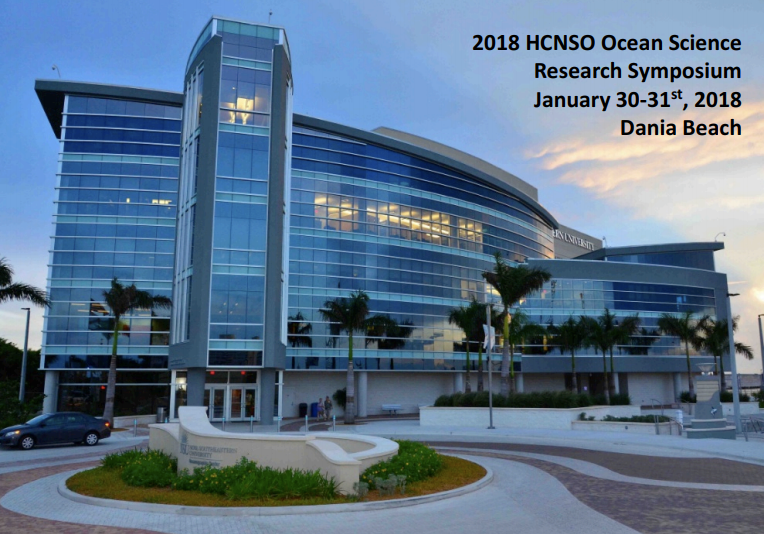Title
Quantitative measurement of aversive learning and intoxication rates in Caenorhabditis elegans in response to an engineered nematicidal bacterium
Location
Guy Harvey Oceanographic Center Facility
Start
1-30-2018 5:00 PM
Type of Presentation
Poster Presentation
Abstract
Despite their global prevalence, there are very few strategies to prevent infections due to parasitic nematodes. Recent studies have shown that bacteria engineered using the principles of synthetic biology may serve as an alternative approach to intoxicating nematodes. While these engineered bacteria were initially shown to be relatively efficacious in intoxicating the model nematode Caenorhabditis elegans, the nematodes quickly learned to avoid the engineered bacteria through aversive associative learning. In this study, we sought to understand how associative aversive learning affects intoxication of C. elegans using our engineered nematicidal bacteria. Towards this end, we tuned the rate of attractant production and measured aversive learning through learning assays. We observed that, for a given attractant production rate, a minimal time was required in order for the worms to avoid our engineered bacteria. Moreover, fine tuning the attractant production rate led to a biphasic relationship between attractant production and C. elegans intoxication, where the percentage of intoxicated worms was highest at intermediate attractant production rates. Our results are among the first comprehensive studies of learning in C. elegans in response to a nematicidal protein, and may allow for optimization of treatment regiments when using nematicidal bacteria as a biocontrol or therapeutic agent.
This document is currently not available here.
Quantitative measurement of aversive learning and intoxication rates in Caenorhabditis elegans in response to an engineered nematicidal bacterium
Guy Harvey Oceanographic Center Facility
Despite their global prevalence, there are very few strategies to prevent infections due to parasitic nematodes. Recent studies have shown that bacteria engineered using the principles of synthetic biology may serve as an alternative approach to intoxicating nematodes. While these engineered bacteria were initially shown to be relatively efficacious in intoxicating the model nematode Caenorhabditis elegans, the nematodes quickly learned to avoid the engineered bacteria through aversive associative learning. In this study, we sought to understand how associative aversive learning affects intoxication of C. elegans using our engineered nematicidal bacteria. Towards this end, we tuned the rate of attractant production and measured aversive learning through learning assays. We observed that, for a given attractant production rate, a minimal time was required in order for the worms to avoid our engineered bacteria. Moreover, fine tuning the attractant production rate led to a biphasic relationship between attractant production and C. elegans intoxication, where the percentage of intoxicated worms was highest at intermediate attractant production rates. Our results are among the first comprehensive studies of learning in C. elegans in response to a nematicidal protein, and may allow for optimization of treatment regiments when using nematicidal bacteria as a biocontrol or therapeutic agent.


